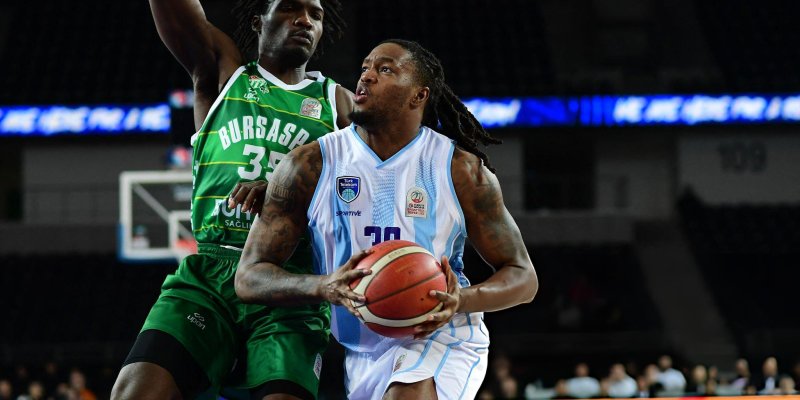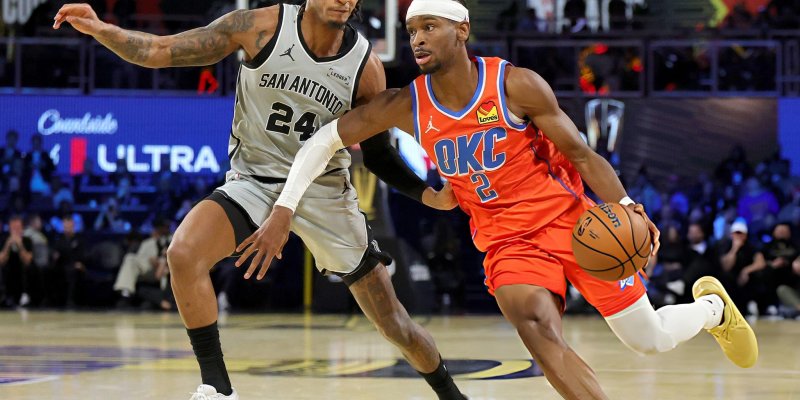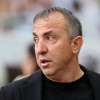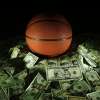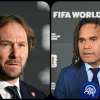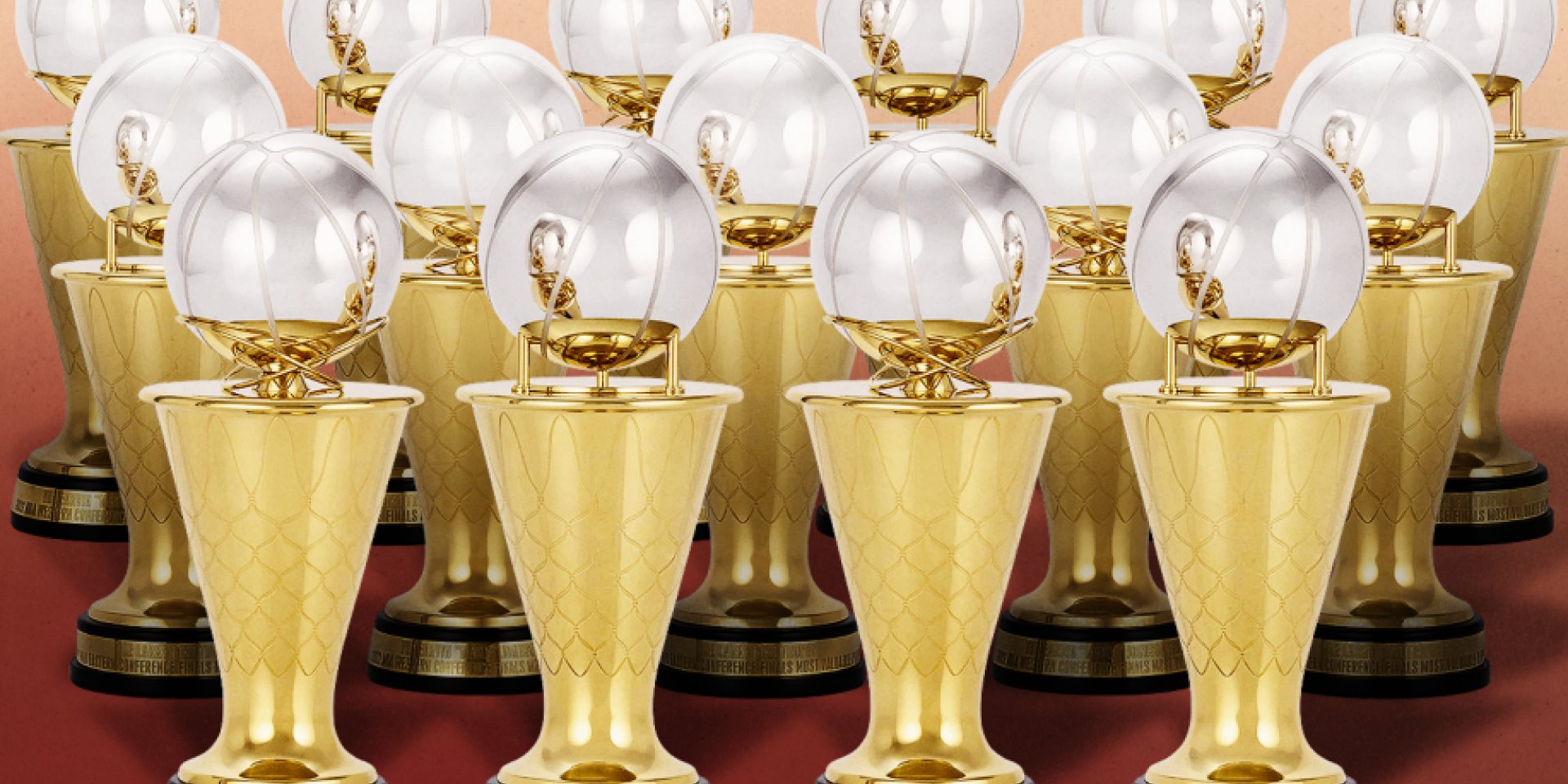
The regular season is right around the corner, and with it comes every October’s favorite mystery: whose name will sit on the “Most Valuable Player” plaque by April? We remember team titles in June, but people rattle off MVP winners from memory — the best illustration of how strongly the regular season still shapes evaluations of individual class. Below is a map of contenders: from the obvious names to those only your bravest inner romantic would dare to vote for.
Rules of the Game: What You Actually Need for MVP
There are only three conditions, but each is a stumbling block. First, team results. The era of an “MVP with 45 wins” is almost gone: typically a contender has to carry his team to the top of the standings — at least top-4 in the conference or somewhere close. Second, individual dominance, measured not only by a basic “30+ points,” but also by impact on net rating, usage rate without an efficiency drop, and role in clutch time. Third, a simple yet brutal point — health and the 65-game rule. Fall short, and that’s that.
The Veterans’ Club: “We’re Still Here”
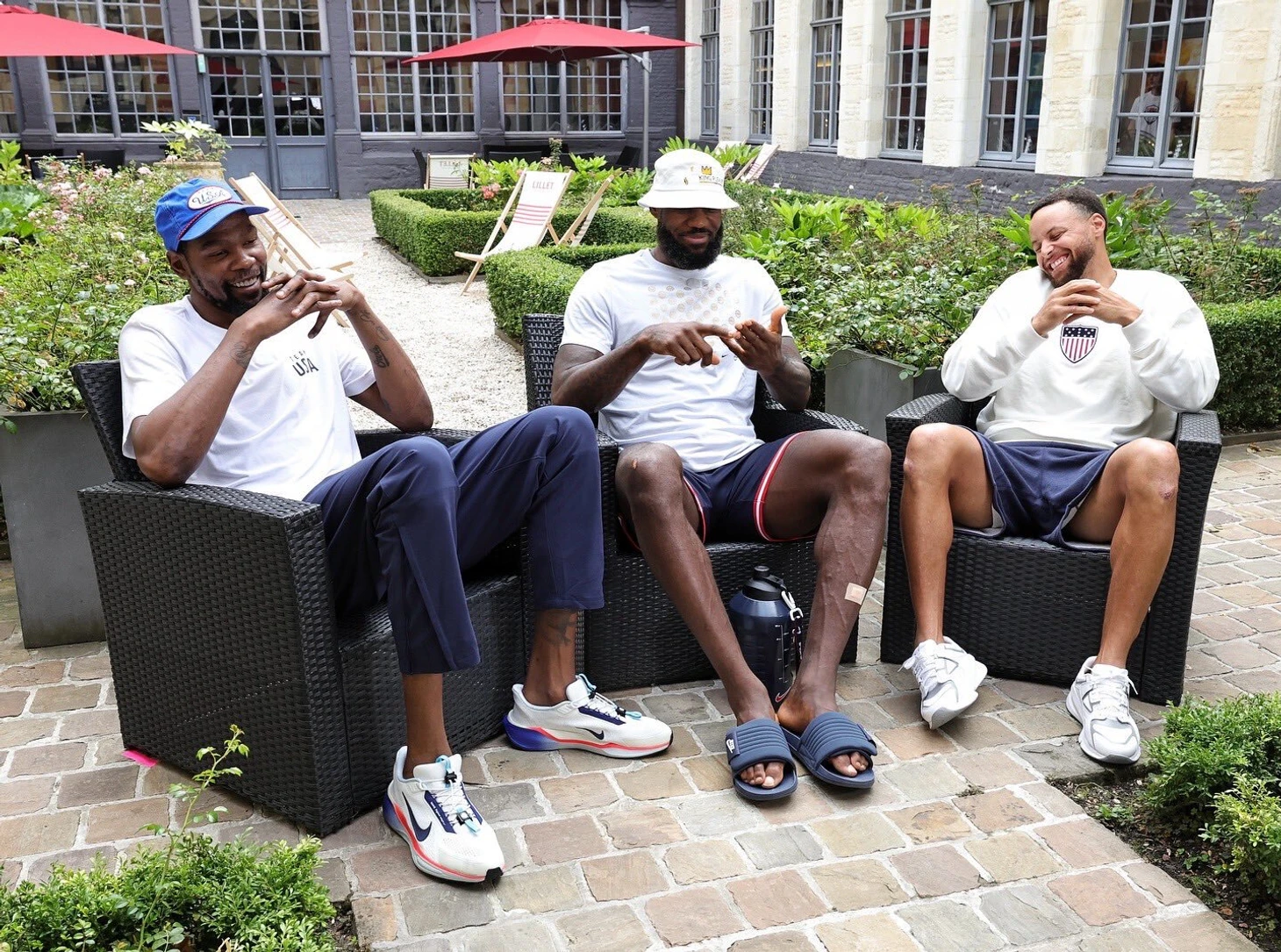
LeBron James (Los Angeles Lakers)
Last season quietly reminded everyone LeBron isn’t done: he finished sixth in MVP voting. Theoretically an MVP scenario exists — especially if one of the obvious favorites slips due to injury or the games threshold. But the key is logging 65+, and this version of the Lakers is unlikely to deliver the win total needed for a real push. A “symbolic vote for a legend” is possible, yet not enough to win.
Stephen Curry (Golden State Warriors)
The Warriors oscillate between “experienced contender brigade” and “honorable home for veterans.” If the key vets stay healthy and the front office makes the right calls around Kuminga, Golden State can crack the West’s top three — and most of the credit will inevitably flow to Steph. But this script walks a tightrope of health and load management; with careful handling of veterans, Curry’s numbers may end up “merely excellent,” not historic.
James Harden and Kawhi Leonard (LA Clippers)
Depth is both blessing and curse. The Clippers are so balanced that the team rarely needs heroic 40-point nights. Without regular spikes of individual statlines, pushing for MVP is hard. Their chances rise with games played and fall with any inclination to take it easy in the regular season.
Kevin Durant (Houston Rockets)
With the Rockets’ issues at the point, the ball is in the best hands less often than you’d like. On one hand that pushes KD into “manufacture offense in tough conditions” mode; on the other, it caps the team’s ceiling. If Houston suddenly jumps into the West’s elite, Durant would have a compelling case. The base forecast, though: the young defense holds firm, the offense has to carve things out in tight space — leaving Kevin in the “almost” category.
Rockets’ “Turkish Lira”: The Alperen Şengün Case
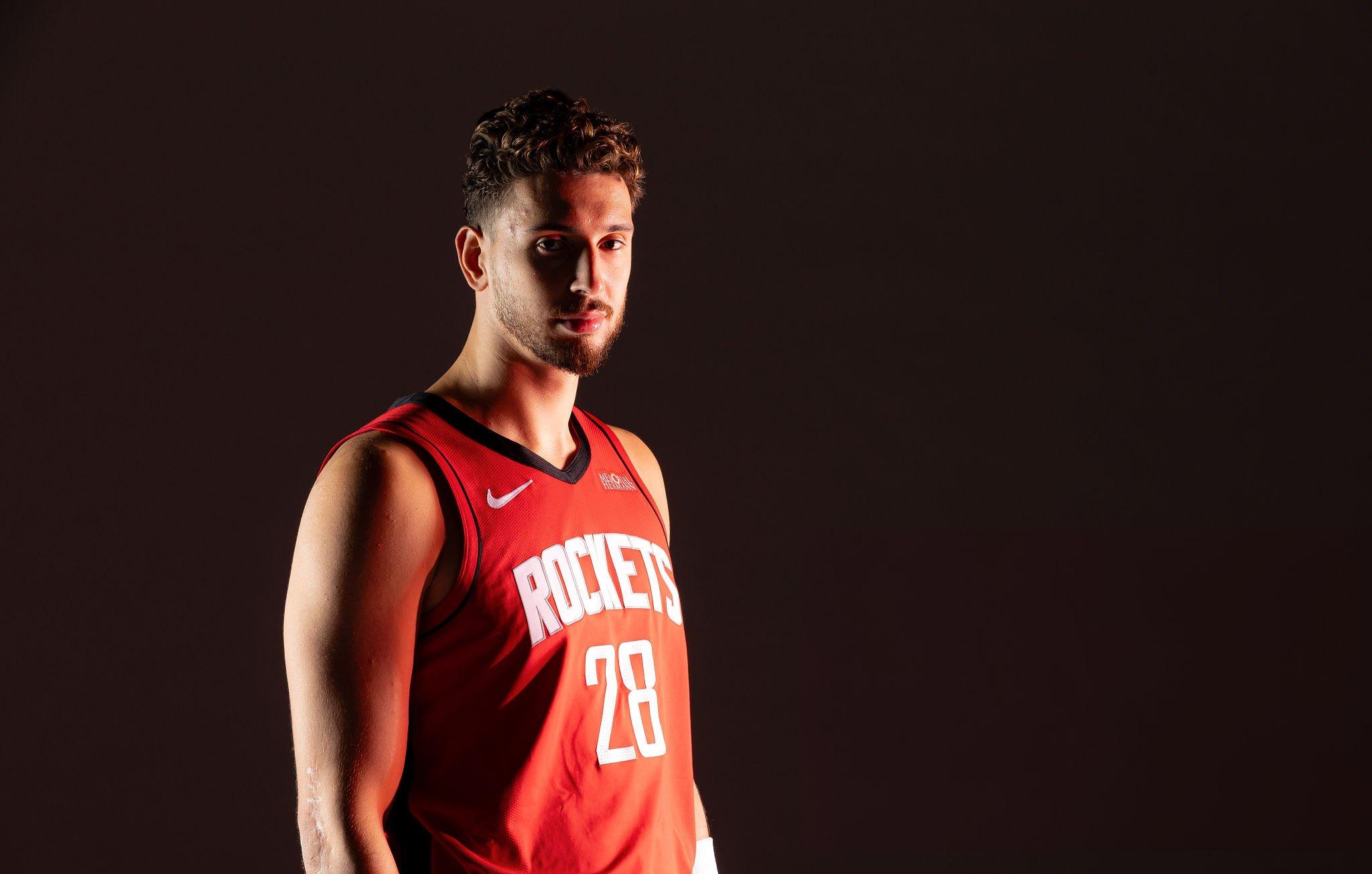
Şengün is a rare “center-organizer” whose presence alone changes possession geometry: handoffs, short roll, passing out of the post, reading the weak side. After a successful summer with the national team, belief in his ceiling grew: speed, hands, size — an unpleasant riddle for any defense. But to turn that potential into MVP-level value, Alperen needs a reliable primary ball-handler next to him. Without one, his impact against big defensive lineups gets pared down — opponents can sink inside, snuff out the post, and funnel him to a still-inconsistent mid-range. In Houston’s current configuration, this is more a story about a star’s growth than a race for the trophy.
Late Bloom: The “Jaylen Brown as First Violin” Hypothesis
Boston’s collective talent is spread so widely that Brown’s window for a personal statistical avalanche is narrow. Theoretically the stage exists: Jaylen gets maximum volume, the Celtics don’t lose their winning rhythm — and the numbers pop. Practically, in a team like this, “success” always looks collective — not the backdrop where MVP cases are usually built.
Dallas Citadel: Anthony Davis as the Defensive Pillar
The Mavericks’ size and cohort of defensive workers suggest a path through a top-3 defense. In that structure Davis is the flagbearer: a rim protector who covers mistakes, switches onto the perimeter, and controls the glass. But there are two caveats. First, with a shortage of primary initiation, it’s tough for the offense to stay elite — MVPs rarely go to a pure defensive anchor without a dazzling offensive line. Second, AD isn’t a playmaking accelerator; he’s an elite finisher, not a compressor for the entire system. “Elite defense + restrained offense” usually pays off in DPOY buzz and first-/second-team All-NBA — not MVP.
The Youth Wave: “Why Not?”
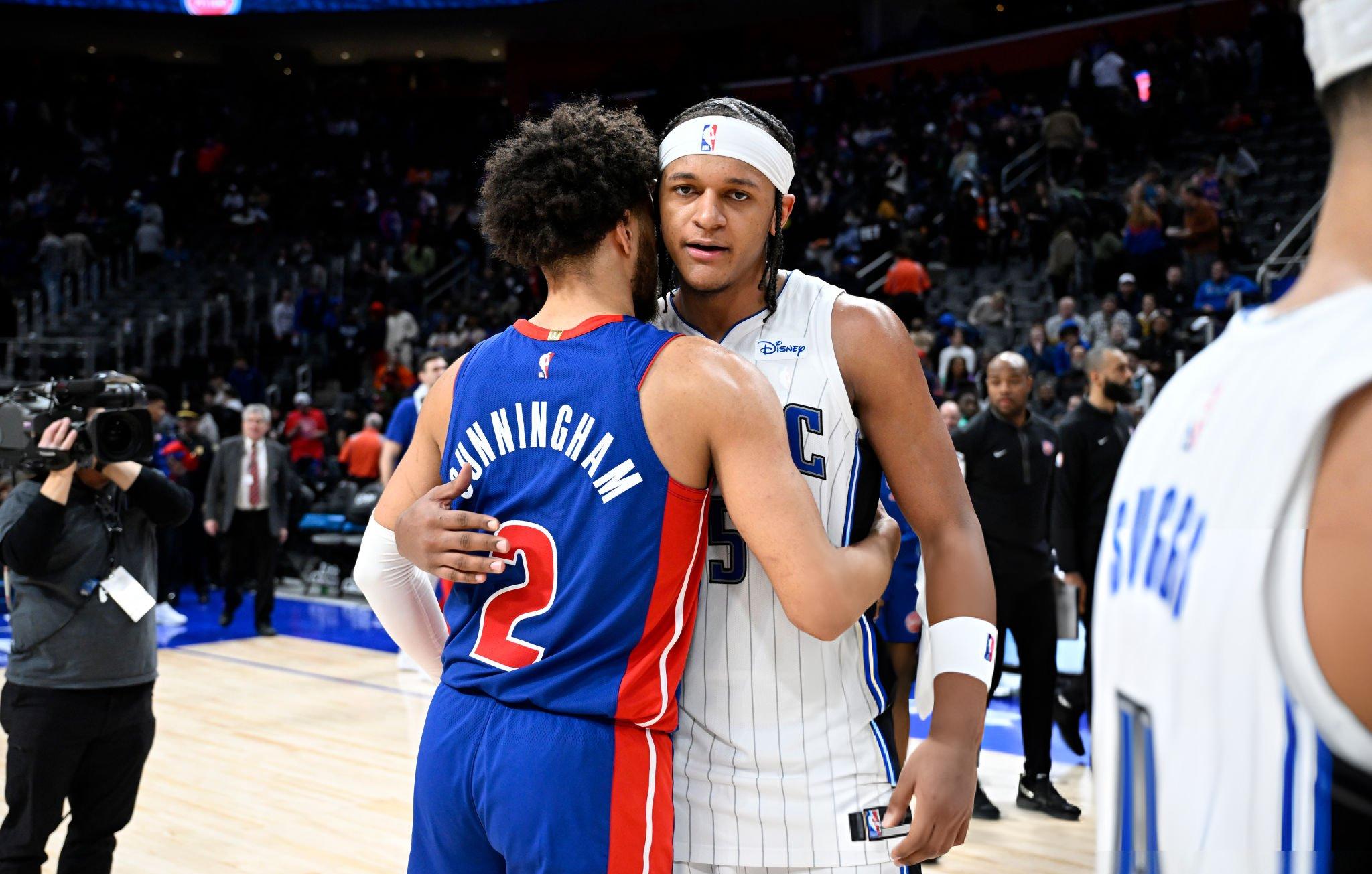
Paolo Banchero (Orlando Magic)
With more on-ball creation and shooting around him (veteran guards who can stretch the floor and control tempo), Paolo theoretically gets two keys to progress: more space for isolations and pick-and-roll, plus easier reads as a passer. If the Magic rise and Banchero’s efficiency climbs, the conversation begins. The question is whether the jump will be high-quality enough to turn “interesting progress” into an “MVP case.”
Cade Cunningham (Detroit Pistons)
The Pistons’ leader is a big guard who blends crafty handle, vision, and strong on-ball defense. The East is full of mutually exclusive “second-tier” contenders — one will pop while the others remain “quite good.” If Detroit reaches 50 wins and neighbors don’t hit 60, Cade collects a healthy share of votes. For now, though, it’s more a logical dream than reality.
Trae Young (Atlanta Hawks)
Adding a large stretch big with pick-and-pop threat changes Atlanta’s geometry: the opponent’s drop coverage is no longer safe; Young gets efficiency bonuses both from three and at the rim. Strong wings, a pair of capable bigs, an orderly perimeter — on paper it all tracks. But even a top-3 in the East doesn’t automatically mean MVP if two Western juggernauts steamroll the regular season again. Trae needs a season of statistical fireworks without defensive collapses — a bar he hasn’t always cleared.
“Top-5 in Voting — Realistic; MVP — Unlikely”
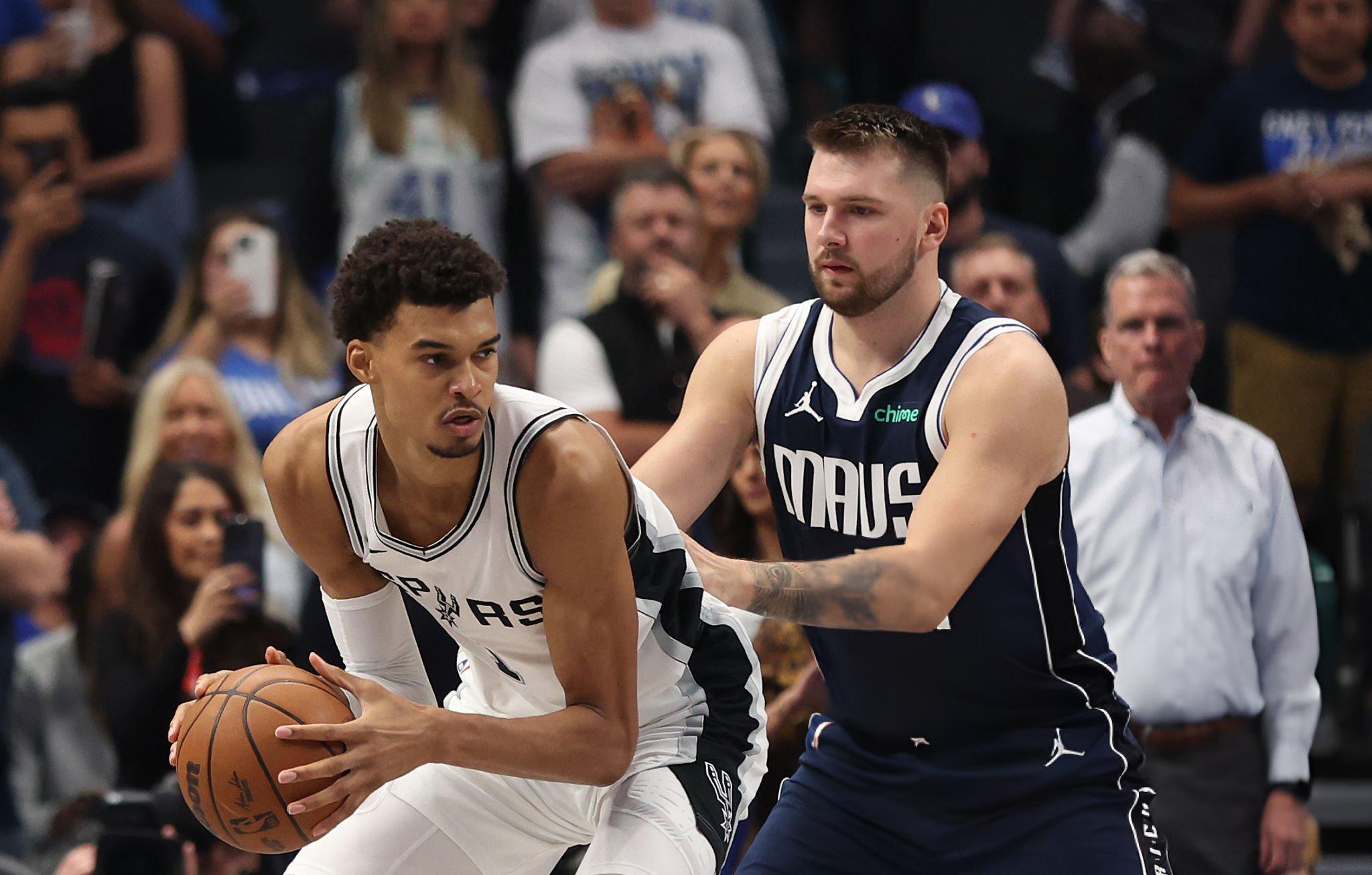
Victor Wembanyama (San Antonio Spurs)
Last season Wemby was on track to grab Defensive Player of the Year without much of a fight. That’s his main argument: if I’m that much better than anyone on my half of the floor, can you really throw me out of the MVP top five? Basketball has defense and offense — and in half the game I tower over the rest.
At the same time he’s no “stiff” on offense. Wembanyama isn’t a finished product yet, but he’s already over 24 a night on good efficiency, shoots respectably (great for his size), and passes with force. He’s only two seasons into the NBA, with obvious room to grow.
With that setup, Wembanyama could already be third among MVP favorites (bookmakers have him fifth).
But two factors depress his odds. First, those same bookmakers project the Spurs around seventh in the West by win total. In recent years voters have softened on team results, but seventh may be pushing it — even a playoff berth isn’t guaranteed. How valuable are you then, really? Is Wemby’s environment so poor that it excuses such results? I’m speaking as if the Spurs already finished seventh, but right now that looks like the logical betting projection.
Second, health. Wemby is the Spurs’ sacred cow; they’ll protect him at all costs — and they should. Especially in a season when even the playoffs aren’t assured. In that case Victor might well miss too many games to qualify for the award.
Luka Dončić (Los Angeles Lakers)
Every October Luka opens as a favorite, and by spring he’s somehow not in the final trio. This time the hurdles are higher: the Lakers’ roster isn’t a prosthesis tailored to his habits, depth is thin, and the partners’ health adds noise. Add his own history of minor injuries and fitness management. To win, he has to play a lot, dominate constantly, and — yes — not share the spotlight with an elder who shouts “I’m not done yet” and still makes All-NBA now and then.
Anthony Edwards (Minnesota Timberwolves)
Ant is the league’s walking poster: elite athleticism, a better jumper, a step forward in vision. Yet his impact on the team’s net rating still occasionally spits out numbers that look paradoxical for a superstar. He needs to “pass the exam” on handling doubles, bring back drive aggression, and show he’s not just a “top-10 scorer” but a systemic answer to any matchup. If the Wolves stay elite despite losing several important role players, that argument will cash in. The formula exists — it just isn’t finalized.
Donovan Mitchell (Cleveland Cavaliers)
Last season’s tale of “sacrifice for the team” was more about reduced minutes than a profile change. Now, with backcourt minutes opening due to teammates’ injuries, Donovan’s base numbers (points, usage) should climb again. Structurally the Cavs are solid enough to survive an awkward start without a nosedive in results.
The only nagging point: Cleveland won 64 last year and no one seemed to notice. Mitchell wasn’t treated as a serious MVP candidate, and another early playoff exit will make voters even warier of backing a Cavalier for MVP.
Jalen Brunson (New York Knicks)
The Knicks got deeper and changed coaches. Pairing a real bench with a coach willing to use it, and pairing offensive talent with a coach willing to get creative — that’s a path to success. The Knicks could absolutely win around 60 in this East.
If it all clicks, the story will read like this: Brunson truly retooled his game (for real, unlike Mitchell’s storyline a year ago), and the Knicks improved and posted a historically significant win total on the league’s biggest media market. The last bit isn’t basketball-important, but it matters for visibility — and visibility sways voters.
That same Mitchell example, though, makes it hard to believe. In many heads Brunson simply isn’t that caliber of player to be taken seriously even in a great season.
And what about his impact on net rating now that the bench is better? That wasn’t MVP-like to begin with. Among the 12 players who received MVP votes last year, only three had a negative on-court impact on team net rating — Edwards, Brunson, and LeBron. Those teams played worse with them than without them.
For Brunson, that happened for the second time in his three Knicks seasons. As long as he sits somewhere inside the league’s top-15 but outside the top-5, people shrug off such metrics. But in an MVP race, they get cited.
Lone Hero: Giannis Antetokounmpo (Milwaukee Bucks)
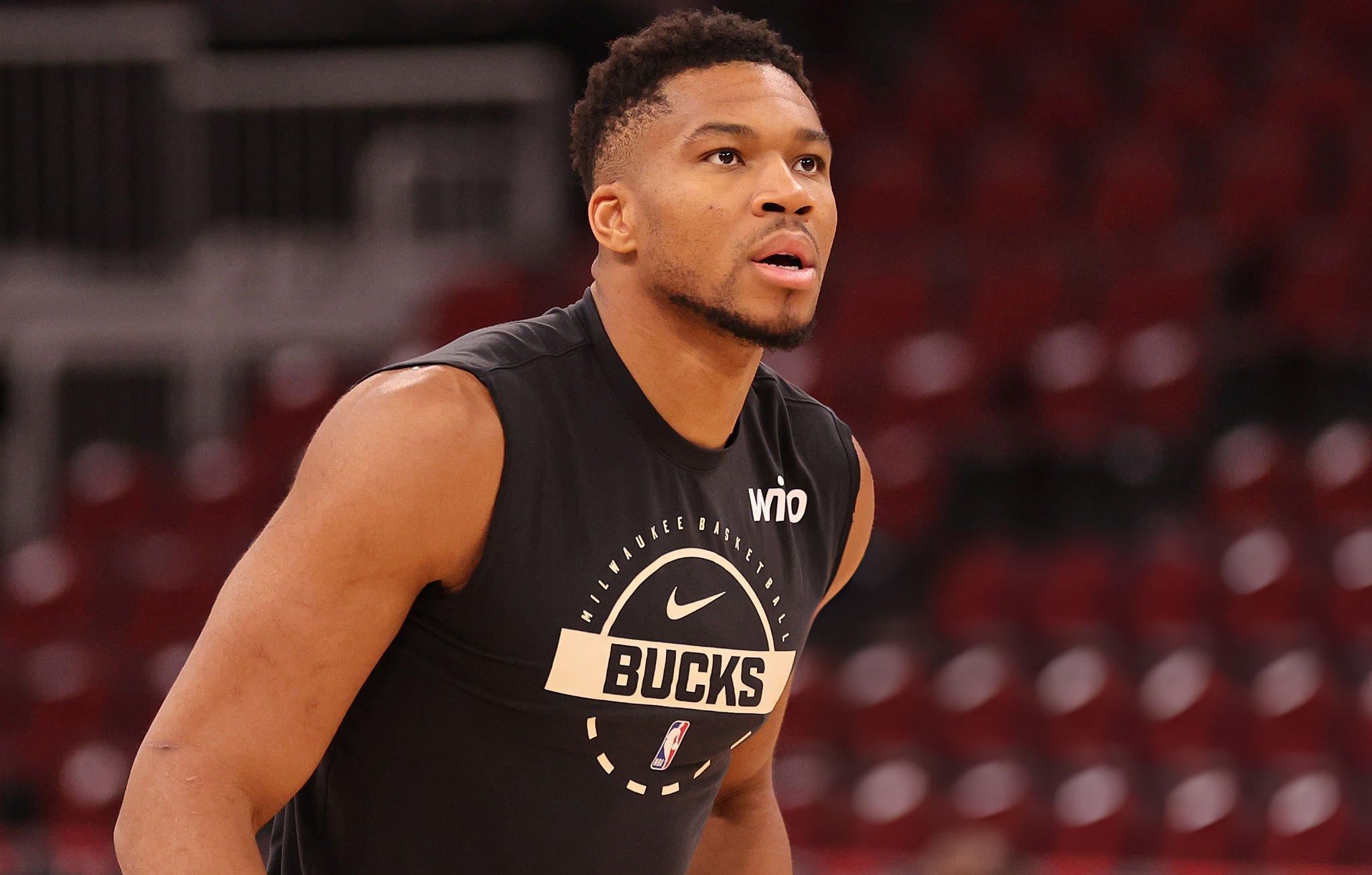
Seven straight years in the MVP top-five and on the All-NBA first team. But Giannis hasn’t been a “true favorite” in a while. The Bucks are in a “complicated” phase: talent deficit around him, a flood of minimums, short-term fixes. That’s a recipe for monstrous personal numbers — and a chance to tell the story, “Giannis dragged an average roster to fourth in the East.” Historically, that case plays. Add motivation: if the playoff spotlight won’t be as bright, why not go all-out in the regular season for another individual summit?
Boringly Obvious — and Therefore Scary — Favorite: Shai Gilgeous-Alexander (Oklahoma City Thunder)
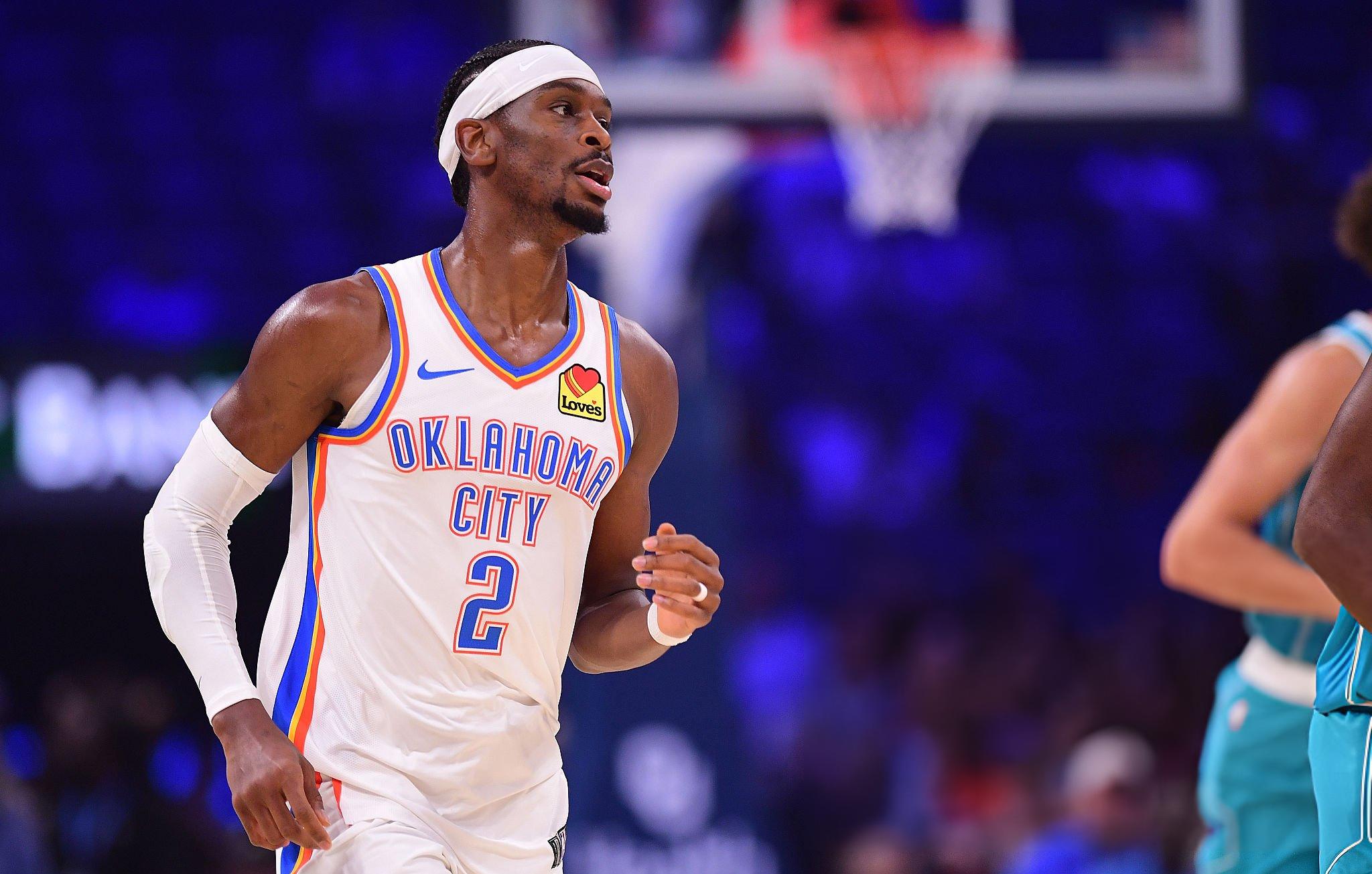
SGA belongs to the tiny club of “four best players on the planet right now.” He’s the systemic heart of the reigning champion, steady to the point of monotony — which is the highest possible compliment in MVP context. The Thunder can pile up wins without asking Shai to sacrifice: teammates grow up, ease his load, but don’t strip away “best player without a doubt.” If he stays in the 67–72 games range, he remains the default option: the unflappable leader of the league’s strongest team.
The Correct Answer on the Test: Nikola Jokić (Denver Nuggets)
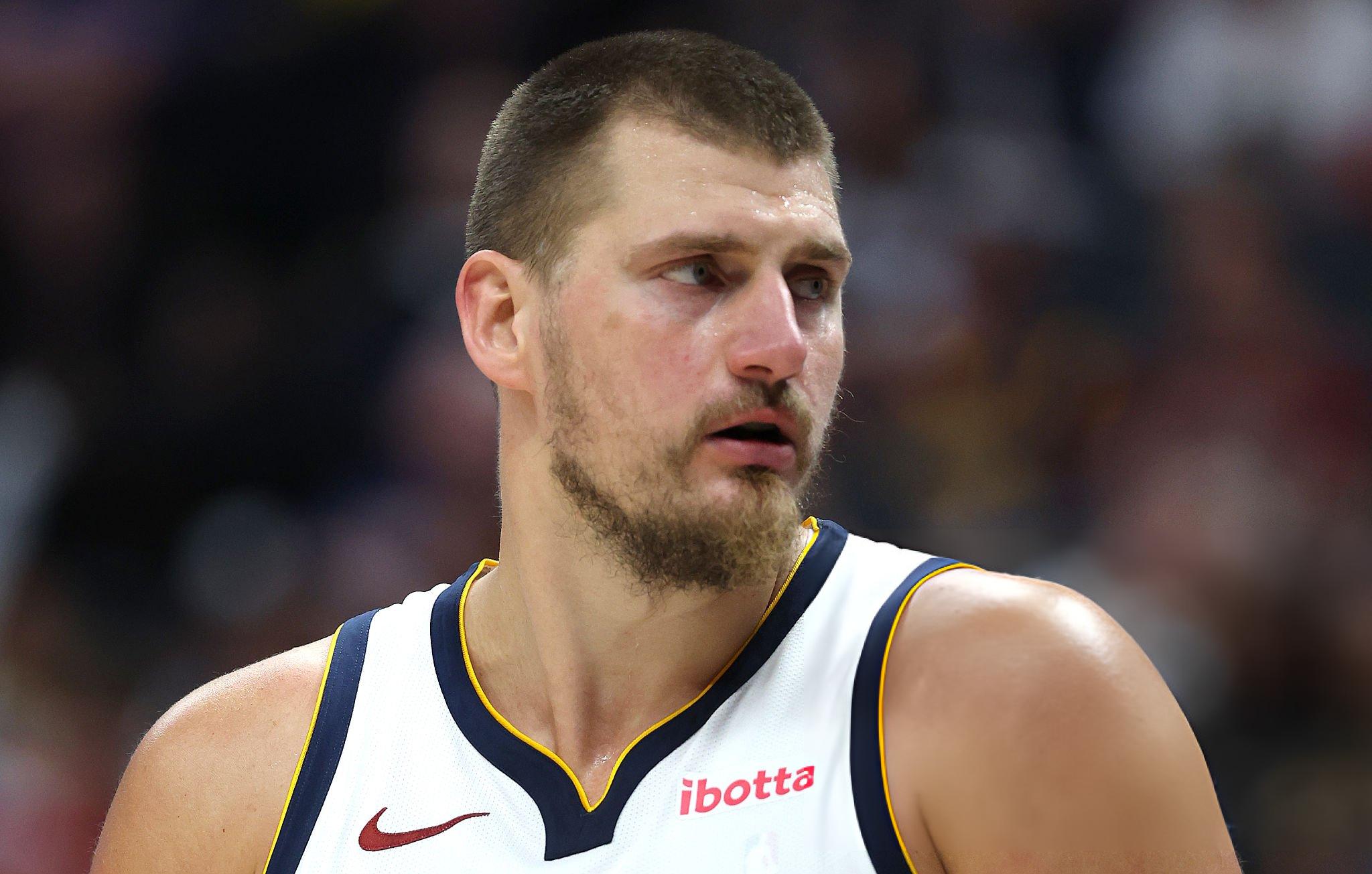
Season after season, Denver is an orchestra with Jokić conducting without pausing for breath. The paradox is that collective fatigue with his genius periodically overwhelms common sense: people “want something new” and send their votes elsewhere. In essence, though, Nikola is still the best basketball player in the world. Plus the Nuggets noticeably improved their depth, which can convert into 55–58 wins rather than 50–52. That doesn’t cheapen the Serb’s impact: he remains the center of gravity — the team will simply die less in his off-minutes. With a little health luck around him, Jokić returns to the race’s final two.
The Final Board and What It Takes to Win
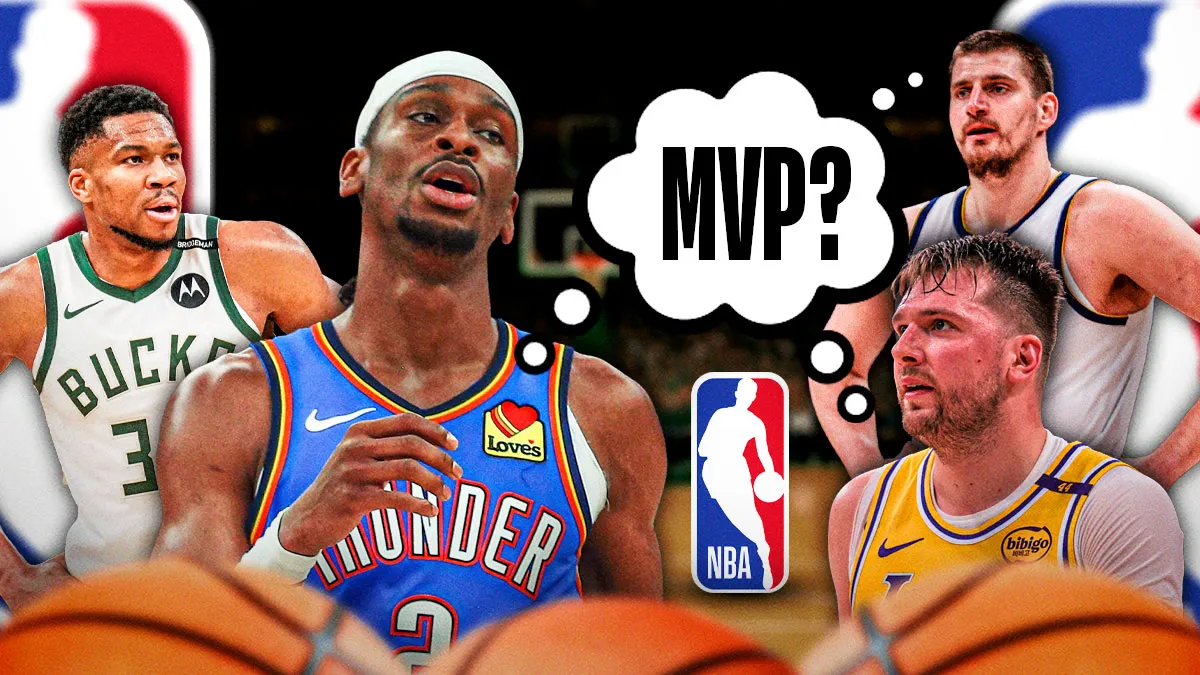
- Shai Gilgeous-Alexander — the base favorite. The formula “leader of the best team + stability + enough games played” wins most often.
- Nikola Jokić — the “correct answer.” If Denver truly improves its seed and Shai misses a chunk of the season, votes from the “best player alive” crowd flow to Nikola.
- Giannis Antetokounmpo — the heroic scenario. Exceed the win projections and post a blend like “30+/12+/6 assists” with elite defense.
- Victor Wembanyama — a top-3 candidate under two conditions: unambiguous playoffs and 65+ games.
- Anthony Edwards / Jalen Brunson / Donovan Mitchell — the “punchy East.” One of them can sneak into the final five if the team hits ~60 wins and personal efficiency doesn’t sag in the clutch.
And yes, in case you’re wondering: no, D'Angelo Russell is still not on this list — though there’s always a corner for him in local meme voting.
Verdict
The race opens with a duel between SGA’s “boring stability” and Jokić’s “proper genius.” Giannis is a dangerous shadow ready to turn a “I’ll take everything myself” season into a handsome campaign. Wemby is knocking on the future faster than we can get used to it, and the East’s young wave is prepared for at least a mass assault on the top-5 of the vote. As always in the NBA, the main condition is simple — play. The fewer games the favorites miss, the fewer chances romance has. And that’s why October is beloved: for now, every story is possible.

